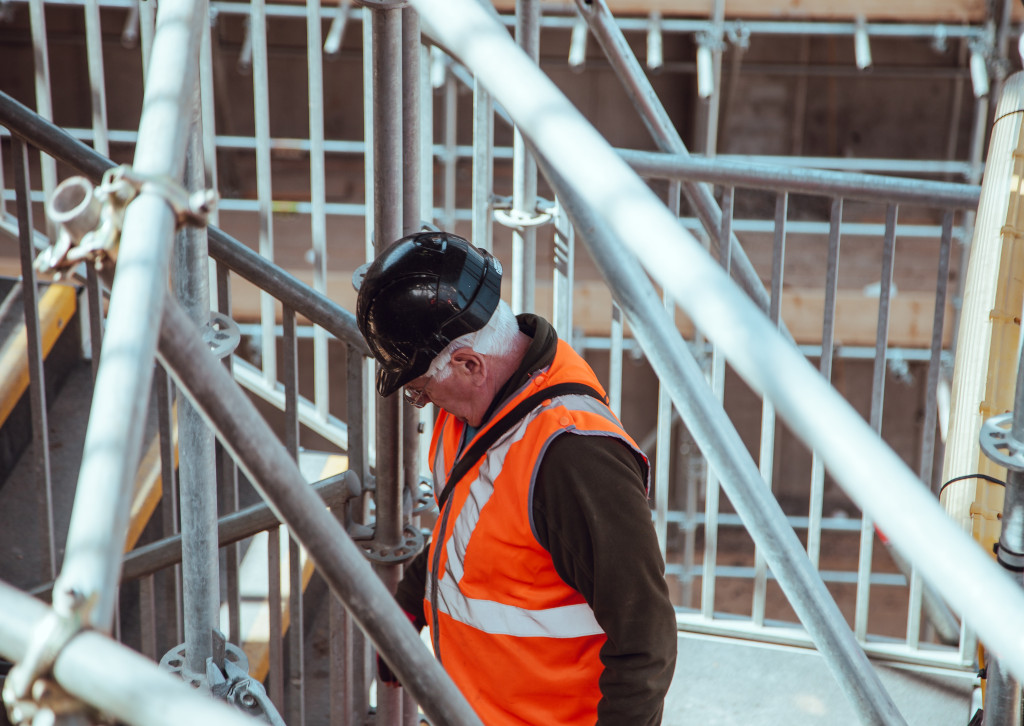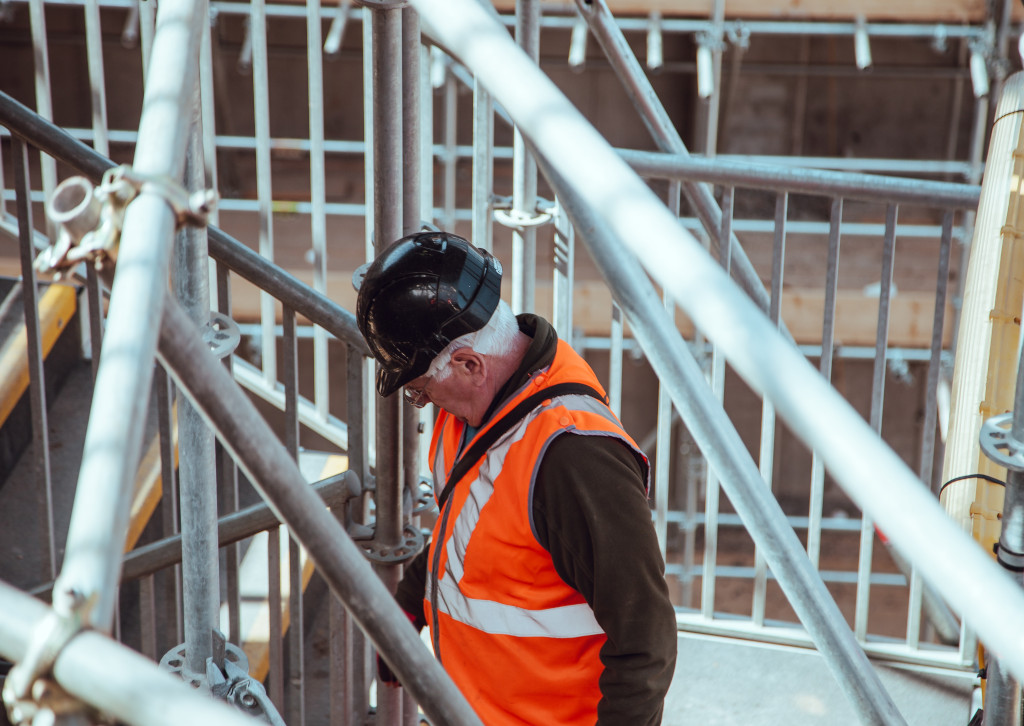
Colorado contractors groups are suing the city of Denver over its mandate that workers on government contracts be vaccinated against Covid-19.
The federal lawsuit says the city’s order unlawfully requires contractors to enforce a government mandate and violates due process by commanding “a person to perform an impossible act.”
The order was issued August 2 by Denver Mayor Michael Hancock requiring city employees, along with workers on city contracts, to be fully vaccinated by September 30. Contractors could face fines of $5,000 a day, the suit says.
The contractors’ suit argues that up to half of the industry’s workforce is “vaccine hesitant” – “not because, as may be argued, they have some political opposition, but because the construction industry is largely made up of communities of color who are vaccine hesitant due to mistrust of the government.”
The contractors have offered financial incentives and paid time off to encourage workers to get vaccinated, as well brought in mobile vaccination services to worksites, the suit says.
It adds that the mayor’s order did not provide enough time for workers to become fully vaccinated, even if workers were not hesitant about the vaccine. Contractors are also under tight schedules and budgets on city government contracts “that will be impossible to meet if the contractors have to fire unvaccinated and unexempted employees or reassign them to non-Denver projects (if any exist),” according to the lawsuit.
It notes that contractors could be subject to liability against claims of employees rejecting the vaccine due to medical or religious exemptions. It adds that the order unfairly treats some contractors because it exempts those working at the Denver International Airport.
The lawsuit seeks a declaration that contractors are not required to enforce the order and that the order is unenforceable against them. It also asks the court to prevent the city from enforcing the order on contractors while the case is pending.
The lawsuit includes comments from contractors who say that with large percentages of their workforce unvaccinated, and refusing to be vaccinated, they would not have enough workers to finish their city projects on time and on budget.
It notes, too, that other vaccine mandates, such as those recently announced by President Joe Biden, offer mandatory Covid testing as an alternative to vaccination, “showing that the public interest in preventing the spread of Covid-19 can be advanced without pushing people out of the workforce, imposing yet untold costs and delays to critical city projects, and inflicting loss and liability on private businesses.”
It notes that testing alternatives are also offered by multiple local governments around the country.
The contractors groups suing the city are as follows:
Colorado Contractors AssociationColorado Stone, Sand and Gravel AssociationColorado Ready Mixed Concrete AssociationColorado Motor Carriers AssociationColorado Asphalt Pavement AssociationHispanic Contractors of ColoradoRocky Mountain Mechanical Contractors Association
Michele A. Horn, assistant city attorney for the city and county of Denver, will represent the city and county, as well as Mayor Hancock and Robert McDonald, executive director of the Denver Department of Public Health and Environment, which are also named in the lawsuit. The City Attorney’s Office says it does not comment on active litigation.
Did you miss our previous article…
https://www.3555pacific.com/?p=126






